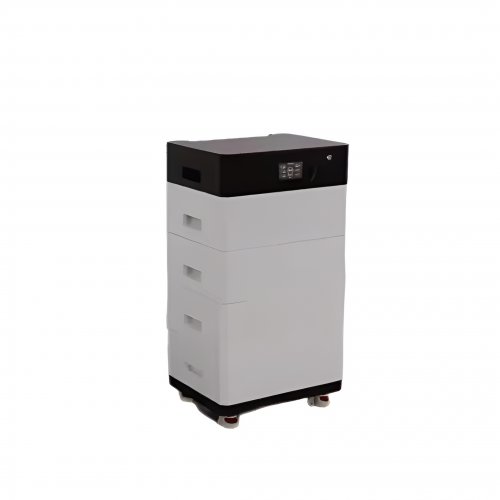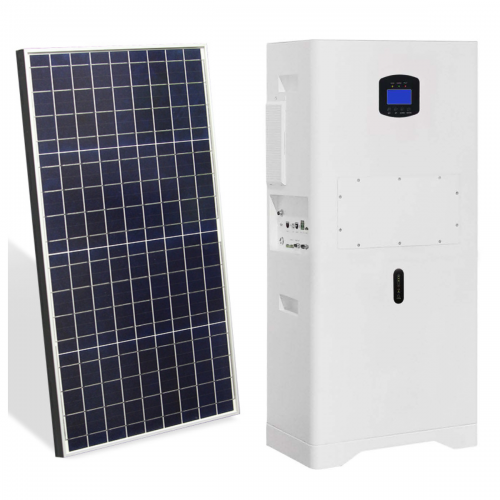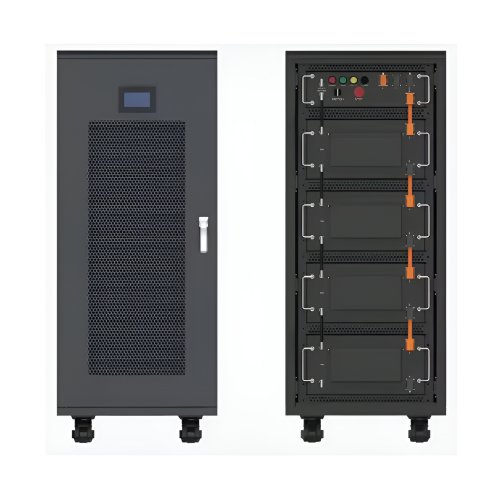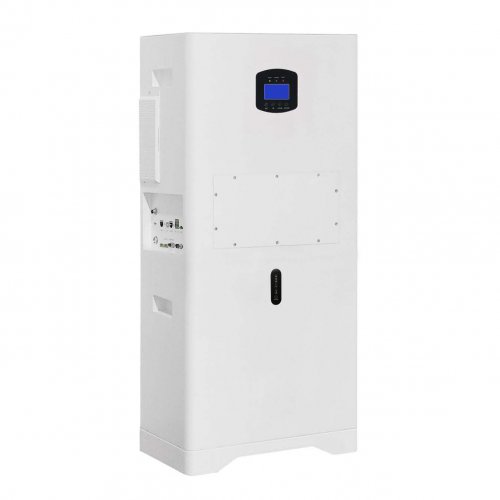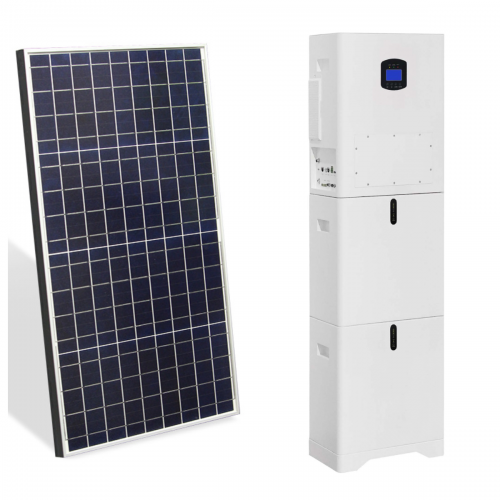How To Use Voltage Parameters: A Practical Guide For Accurate Measurement And System Configuration
Voltage parameters form the foundational bedrock of electrical and electronic system design, testing, and troubleshooting. Correctly configuring and measuring these parameters—which include values like operating voltage, threshold levels, noise tolerance, and peak limits—is critical for ensuring device safety, performance, and longevity. This guide provides a comprehensive walkthrough for engineers and technicians on how to effectively utilize voltage parameters in various applications.
Understanding Key Voltage Parameters
Before application, one must understand the common parameters:Operating Voltage (V_OP): The nominal voltage range a device is designed for (e.g., 5V ±5% for a microcontroller).Threshold Voltage (V_TH): The specific voltage level that triggers a change in state, crucial for logic gates and switching devices.Maximum/Minimum Ratings (V_MAX, V_MIN): The absolute maximum and minimum voltages that can be applied without risking permanent damage.Noise Immunity: The ability to tolerate voltage fluctuations or spikes without malfunctioning.
Step-by-Step Usage Guide
Step 1: Consult the Datasheet The first and most crucial step is always to consult the manufacturer's datasheet for the component or system you are working with. This document explicitly defines all critical voltage parameters. Identify the absolute maximum ratings to avoid destructive testing and note the recommended operating conditions for normal use.
Step 2: Select the Appropriate Measurement Tool Choose a tool with specifications that exceed the parameters you need to measure. A digital multimeter (DMM) is sufficient for steady-state DC measurements. For analyzing dynamic voltage changes, ripple, or noise, an oscilloscope is essential. Ensure the tool has a high enough input impedance (typically 10 MΩ for a DMM) to avoid loading the circuit and altering the measurement.
Step 3: Configure Your Equipment CorrectlyFor a DMM: Set the function to voltage (V) and choose AC or DC appropriately. Always start with the highest range to prevent overloading the meter, then decrease the range for higher resolution.For an Oscilloscope: Set the coupling to DC to see the true voltage level with its AC components, or to AC to block the DC offset and examine only the varying signal. Adjust the volts/division and timebase settings to get a clear and stable waveform on the display.
Step 4: Connect the Probes Safely Always connect the ground clip (or black probe) first to a known circuit ground. Then, carefully connect the positive probe (red) to the test point. Use probes with adequate voltage ratings. For high-voltage applications, employ specialized high-voltage differential probes to protect yourself and your equipment.
Step 5: Perform the Measurement and Record Data Power on the circuit and observe the reading. Allow the measurement to stabilize, especially if using a high-precision meter. For oscilloscopes, use averaging functions to reduce random noise and get a cleaner reading. Record the measured values, noting any conditions like load current or temperature.
Step 6: Adjust System Parameters (If Applicable) If you are configuring a system (e.g., a power supply unit or a programmable logic controller), use the measured data to adjust output voltages. For instance, you might fine-tune a power supply's output to exactly 12.00V under load based on your DMM's more accurate reading than the supply's built-in meter.
Practical Tips and Techniques
1. Beware of Ghost Voltages: In high-impedance circuits, induced voltages can give false readings. Using a DMM with a low-impedance (LoZ) mode can help eliminate these by loading the circuit slightly. 2. Probe Compensation: Always compensate your oscilloscope probes before making precise measurements. An uncompensated probe will distort the signal, leading to inaccurate amplitude and timing readings. 3. The 1/10th Rule: For accurate amplitude measurements, set your oscilloscope's volts/division so that the waveform occupies between ⅓ and full screen height. To avoid aliasing, sample at least 5 times the highest frequency component of interest. 4. Use Relatives and Min/Max: Use the "Relative" or "Delta" (Δ) mode on your DMM to subtract a baseline value, making it easy to measure small changes. The "Min/Max" or "Peak" function is invaluable for capturing transient spikes or dips that you might miss otherwise.
Important Precautions and Safety NotesSafety First: Voltage can be lethal. Always de-energize a circuit before making mechanical connections or changes. Re-energize only after your probes are securely connected and everyone is clear.Understand the Limits: Never exceed the maximum voltage rating of your measurement equipment (probes, meters, oscilloscopes). This is a primary cause of equipment failure and personal injury.Check Probe Ratings: Standard oscilloscope probes are often rated for only 300-600V. Measuring mains voltage or higher requires appropriately rated probes.Beware of Ground Loops: In grounded systems, connecting the oscilloscope's ground clip to a point that is not the system ground can create a short circuit through the probe's ground lead, potentially destroying the probe and the device under test. Use isolated measurement techniques when necessary.Environmental Factors: Temperature can affect voltage readings, especially in precision circuits. Be aware of the specified operating temperature ranges for both your device under test and your measurement tools.
By meticulously following these steps, tips, and safety precautions, you can confidently and accurately use voltage parameters to design robust systems, diagnose complex problems, and ensure your electronic projects operate reliably within their intended specifications. Mastery of these fundamental measurements is what separates a proficient technician from an exceptional engineer.
Customized/OEM/ODM Service
HomSolar Supports Lifepo4 battery pack customization/OEM/ODM service, welcome to contact us and tell us your needs.


HomSolar: Your One-stop LiFePO4 Battery Pack & ESS Solution Manufacturer
Our line of LiFePO4 (LFP) batteries offer a solution to demanding applications that require a lighter weight, longer life, and higher capacity battery. Features include advanced battery management systems (BMS), Bluetooth® communication and active intelligent monitoring.

Customised Lithium Iron Phosphate Battery Casing
ABS plastic housing, aluminium housing, stainless steel housing and iron housing are available, and can also be designed and customised according to your needs.

HomSolar Smart BMS
Intelligent Battery Management System for HomSolar Energy Storage System. Bluetooth, temperature sensor, LCD display, CAN interface, UART interface also available.


Terminals & Plugs Can Be Customized
A wide range of terminals and plugs can be customised to suit the application needs of your battery products.

Well-designed Solutions for Energy Storage Systems
We will design the perfect energy storage system solution according to your needs, so that you can easily solve the specific industry applications of battery products.



About Our Battery Cells
Our energy storage system products use brand new grade A LiFePO4 cells with a battery lifespan of more than 4,000 charge/discharge cycles.



Applications in Different Industries
We supply customized & OEM battery pack, assemble cells with wiring, fuse and plastic cover, all the cell wires connected to PCB plug or built BMS.
Applications: E-bike, Electric Scooter, Golf Carts, RV, Electric Wheelchair, Electric Tools, Robot Cleaner, Robot Sweeper, Solar Energy Storage System, Emergency Light, Solar Power Light, Medical Equipment, UPS Backup Power Supply.
We can provide you with customized services. We have the ability to provide a vertical supply chain, from single cells to pack/module and to a complete power solution with BMS, etc.


HomSolar (Shenzhen) Technology Co., Ltd







